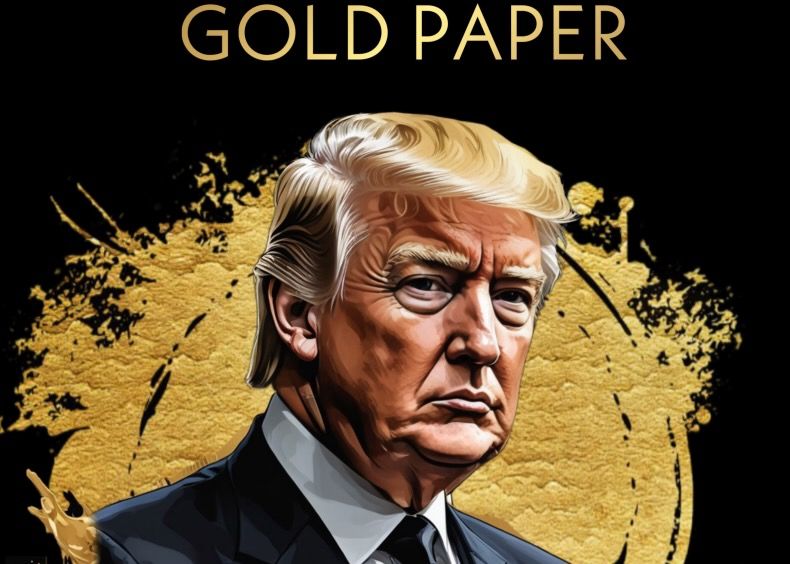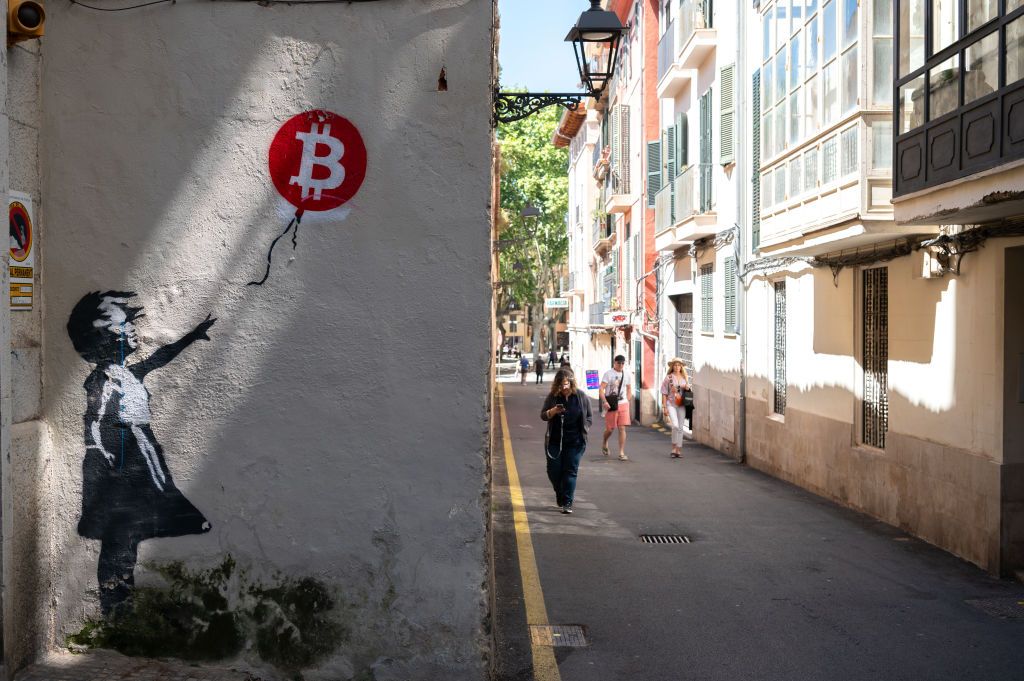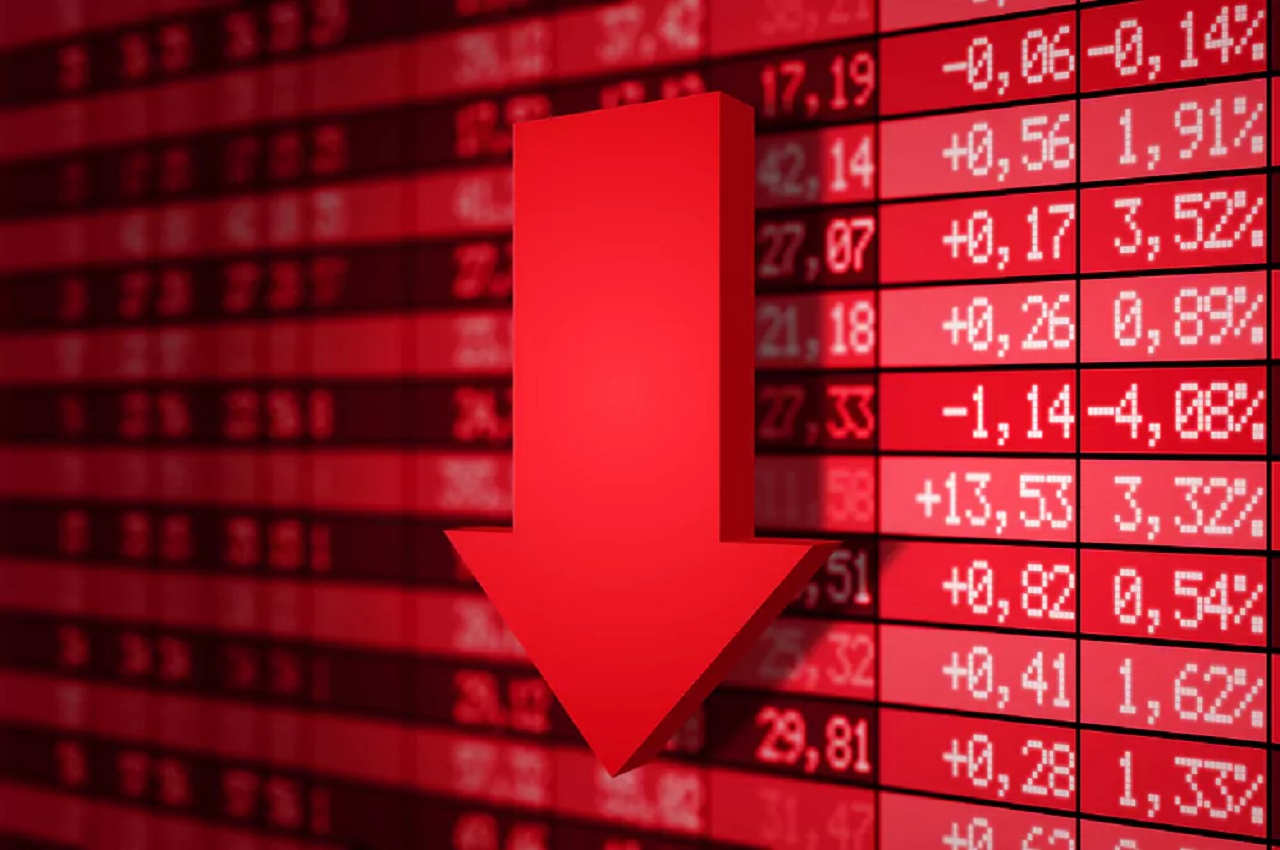Spot Bitcoin ETFs Experience Significant Inflows in Q1
Despite a lackluster price performance, spot bitcoin exchange-traded funds (ETFs) experienced substantial inflows during the first quarter of the year. One analyst, Juan Leon, the senior investment strategist at Bitwise (whose BITB is among the leading bitcoin ETFs), anticipates that the upcoming three months could be even more lucrative, even if bitcoin prices do not recover in the short term. Leon stated, “Even if current market conditions persist in the second quarter, we are seeing strong traction from financial advisors and institutional investors.”
He elaborated, “While retail interest is currently subdued due to a focus on price action, professional investors are increasingly acknowledging the global adoption momentum spurred by the Trump administration’s endorsement of bitcoin. Many see these market conditions as an opportunity to initiate or expand their allocations.” The ETFs attracted over $1 billion in inflows during the first quarter, despite a challenging macroeconomic climate that led the S&P 500 Index to experience its most considerable quarterly decline since 2022, alongside bitcoin’s 13% drop.
Anticipated Growth in Q2 Inflows
Looking ahead, Leon expects inflows to potentially reach $3 billion or more in the second quarter, particularly as wirehouse platforms begin to unlock and legislative policies advance.
ETF Inflows: More Complex Than They Appear
However, it is essential to note that the $1 billion in net flows from the first quarter—and any additional funds that may come in the second quarter—do not necessarily reflect genuine investor enthusiasm for purchasing bitcoin at a discount. This situation arises from what is known as the basis trade, or cash-and-carry strategy. In this scenario, institutional investors buy the spot bitcoin ETF while simultaneously shorting CME bitcoin futures, allowing them to gain yield without being exposed to price fluctuations.
During late 2024, this yield was comfortably in the double digits and remained well above the risk-free rate for much of the first quarter. Recently, however, it has dwindled to around 5%, which may signal a decrease in arbitrage-related inflows into ETFs.
The Bullish Outlook: Early Days for Bitcoin ETFs
Nate Geraci, president of the ETF Store, remains optimistic about future inflows, asserting, “While a favorable price environment would certainly help, it’s crucial to remember that the adoption of spot bitcoin ETFs by institutional investors is still in its early stages.” He further stated, “As these investors become more comfortable with allocating funds to bitcoin, we should see a meaningful tailwind for inflows.”
Although many institutions have made initial allocations to bitcoin in the past year, these investments still represent a small fraction of the overall ETF market, with a significant portion of the funds coming from retail investors. This observation was recently echoed by BlackRock CEO Larry Fink, noting that his firm’s IBIT is currently leading in asset accumulation among spot ETFs.
With a more favorable regulatory outlook and the potential for government allocation into bitcoin, this ratio of retail to institutional investment could soon change dramatically.
At an ETF conference held in Las Vegas earlier this month, a survey revealed that 57% of financial advisors plan to increase their allocations into crypto ETFs this year, as the asset class has shed its “reputational risk” image among financial advisors.
The perception of bitcoin as a potential “safe haven” asset during economic downturns—an idea that resonates with anxious investors—could further bolster confidence in bitcoin, particularly as concerns about a possible recession loom.
David Siemer, CEO of Wave Digital Assets, noted, “If we continue to see expectations for rate cuts and signs of economic uncertainty, along with growing fears of a recession in the US, Bitcoin’s status as ‘digital gold’ is likely to facilitate additional inflows.” He added, “While some short-term traders may exit if price weakness continues, long-term investors will likely maintain strong inflows, especially as institutional adoption accelerates and drives demand throughout the year.”






